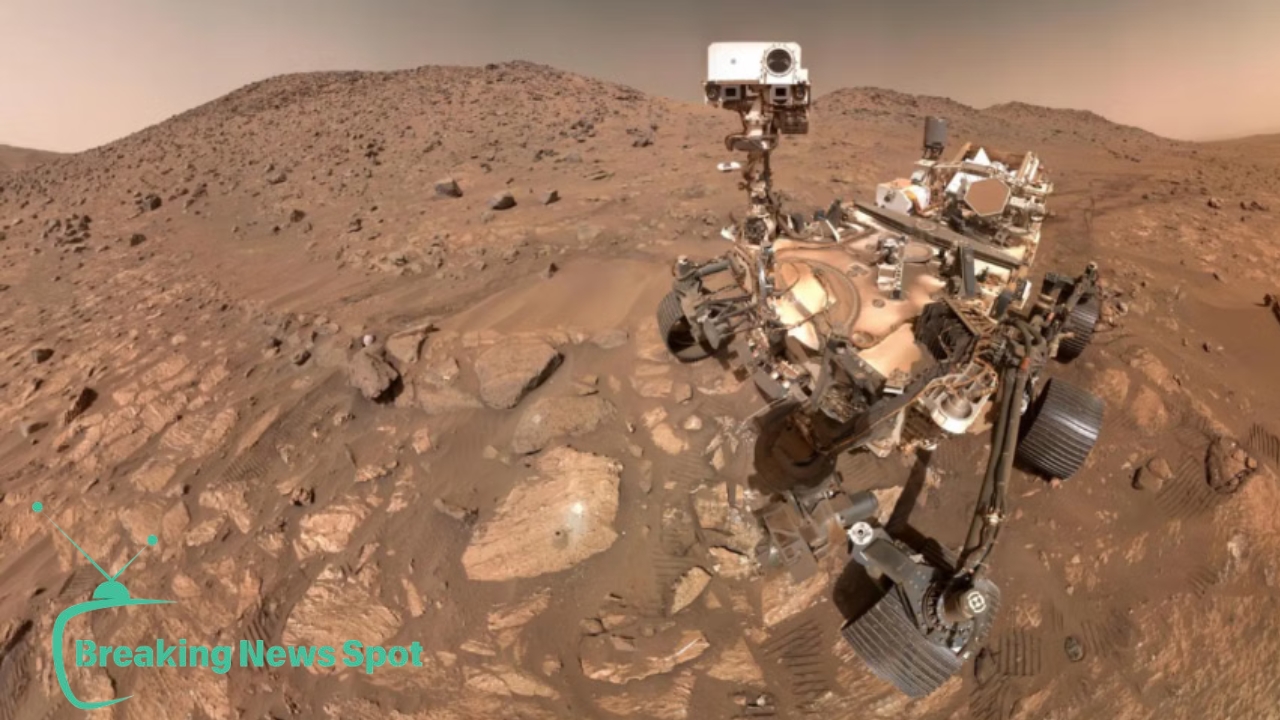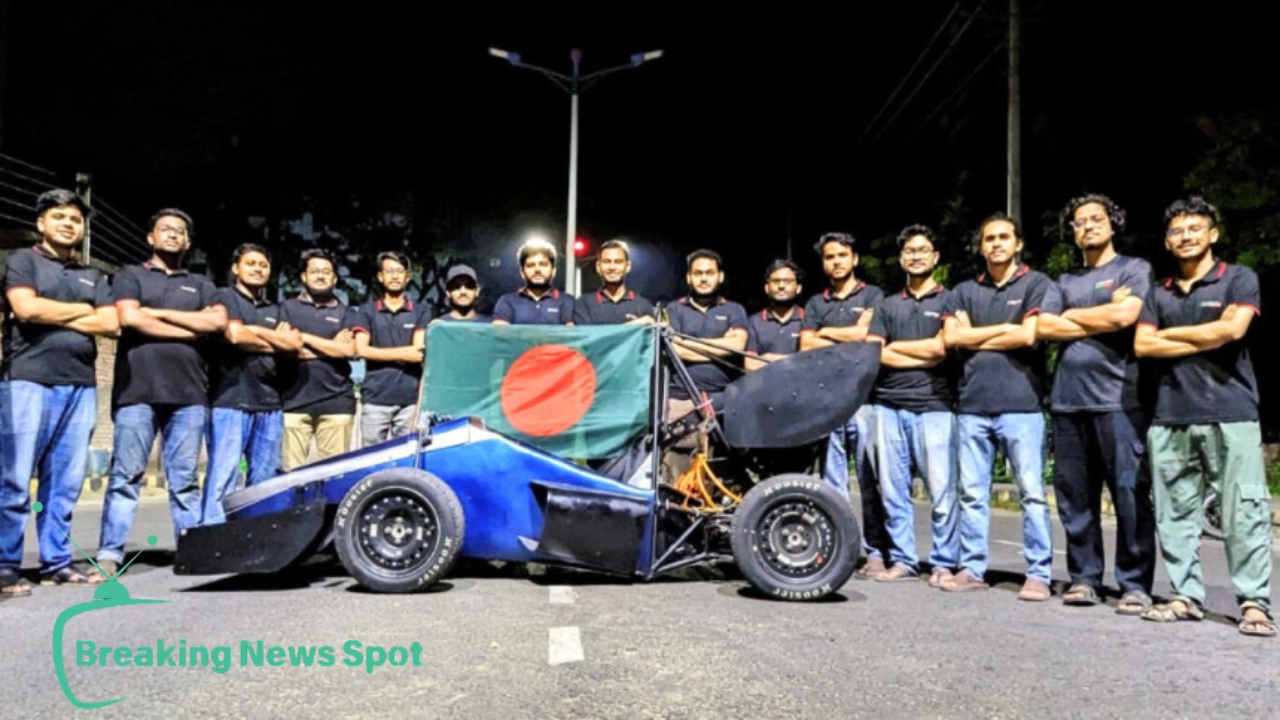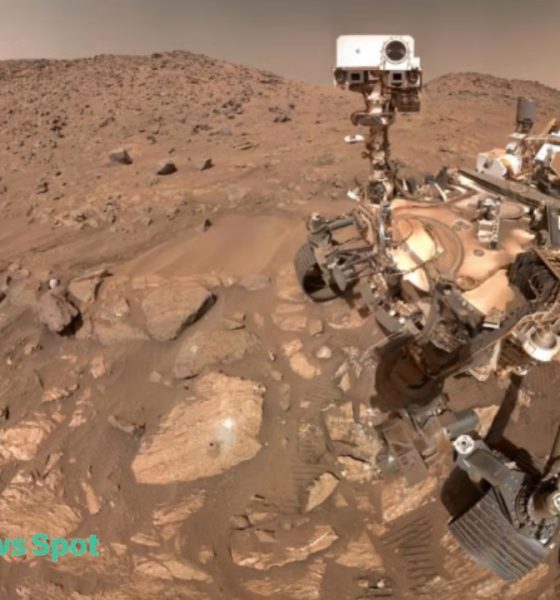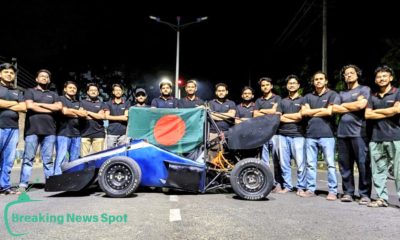Tech
According to a Sophos research, 53% of businesses negotiated a lesser ransom.

A recent global research from cybersecurity firm Sophos found that over half of businesses that paid ransoms after hacks were able to negotiate the demand down.
The results are from the company’s sixth annual State of Ransomware report, which evaluated the scope and effects of ransomware outbreaks in 2025 by polling IT and security leaders in 17 different nations.
While 46% of organizations reported paying a ransom to restore access to their data, 53% of those who did so eventually agreed to a lower price than what the attackers had originally requested, according to a Sophos news release. Companies were able to reduce the cost in most of these cases by negotiating, either internally or with outside specialists.
According to the research, the typical ransom payment decreased by 50% from the year before to $1 million. This decrease implies that even though ransomware remains a significant danger, some organizations have improved their ability to handle the fallout from assaults.
According to Sophos, the initial ransom demands were significantly based on the size of the company, with median amounts ranging from $350,000 for smaller businesses to $5 million for those with yearly revenues over $1 billion.
Exploited software vulnerabilities were the primary technical root cause of ransomware attacks for the third year in a row. According to 40% of victims, attackers had exploited security flaws they were unaware of before. According to the press release, 63% of organizations blamed their intrusion on a lack of resources, such as inadequate staffing or a lack of cybersecurity knowledge.
Tech
Possible signs of ancient life on Mars are discovered by a NASA rover.

The Perseverance of NASA According to study that was published on September 10 in the scientific journal Nature, the Mars rover may have found signs of ancient microbial life on Mars.
NASA said the results are based on a rock sample that was taken in Jezero Crater, an old dry riverbed that used to supply water to the planet’s basin. ‘Cheyava Falls’ is the name of the rock that was sampled in 2024 when the rover studied a feature known as Bright Angel.
According to NASA, the sample, now known as “Sapphire Canyon,” included mineral patterns and chemical compounds that scientists believe could be potential biosignatures—features that may be connected to biological activity but need more research before any inferences about life can be made.
Within the sedimentary rocks, Perseverance’s sensors found organic carbon, sulfur, phosphorus, and oxidized iron—elements that potentially sustain microbial metabolisms on Earth.
Additionally, they discovered iron-rich minerals such as greigite (iron sulfide) and vivianite (hydrated iron phosphate), which are known to occur in conjunction with microbial activity or decomposing organic debris. However, the data is equivocal since these mineral fingerprints may also be created by non-biological events.
The finding, which contradicted previous theories that only older Martian formations may retain traces of life, was surprising since it originated from relatively fresh sedimentary rocks, according to experts. If verified, the finding would indicate that Mars was habitable later in its history than previously thought.
Since it began working at Jezero Crater in 2021, Perseverance has gathered 27 rock cores for analysis. In addition to continuing its research, NASA intends to utilize the rover to test materials for possible spacesuits and monitor environmental conditions in order to get ready for future human flights.
Tech
Gen Z selected Nepal’s new prime minister over Discord before the announcement was made.

Discord is a social networking service more commonly associated with online gaming, but last week hundreds of teenagers used it to support Nepal’s future leader, giving the nation’s political dilemma a new dimension.
Following weeks of turmoil, their candidate, former Nepalese Chief Justice Sushila Karki, was sworn in as Nepal’s first female prime minister on September 12 and led an interim administration.
After officials in the Himalayan state tried to limit social media use, Generation Z (those born approximately between 1997 and 2012) took the lead in the demonstrations, which were mostly against corruption.
Using internet platforms, protesters—many of whom were in their teens and twenties—organized marches, disseminated information, and ultimately cast ballots for possible candidates. As reported by India Today recently, the most well-known center was a Discord server dubbed ‘Youth Against Corruption’, which at its height had over 130,000 members.
In the last round on September 10, more than 7,713 ballots were cast, and Karki received a majority of more than 50% of the vote, according to a recent article from the South China Morning Post. Prior to her formal appointment on September 12, Karki met with General Ashok Raj Sigdel, the leader of Nepal’s army, and President Ram Chandra Poudel.
It’s unclear, though, if the Discord vote had a direct impact on Sushila Karki’s official appointment as Nepal’s prime minister.
Discord was first created in 2015 by Jason Citron and Stanislav Vishnevskiy as a way for gamers to interact while playing. Since then, a younger audience has been drawn to its straightforward interface and combination of text, audio, and video features, particularly during the pandemic when usage grew well beyond the realm of games.
Hundreds of thousands of people can join Discord servers, forming large online communities with news, debate, and coordination channels.
The platform turned as a vital organizing tool for the protests in Nepal. In addition to the leadership vote, volunteers established channels for fact-checking, emergency support, and logistics within the Youth Against Corruption site. With the use of this system, protesters were able to control information flows in real time while staying away from major social media sites that were prohibited, like Facebook, Instagram, X, LinkedIn, and others.
Tech
Bangladesh will be represented at Formula SAE Japan 2025 by the RUET team.

At one of the most prominent engineering design contests in the world, Formula SAE Japan 2025, where students construct and compete in formula-style electric vehicles, Team Crack Platoon from Rajshahi University of Engineering and Technology (RUET) is representing Bangladesh.
At Aichi Sky Expo, Formula SAE Japan 2025 got underway on September 8 and will run through September 13. Ninety teams were chosen this year from a large number of international applications; the only Bangladeshi team to make it was Team Crack Platoon from RUET. Since no other South Asian team has made it to the competition this year, they are also representing the area.
The Society of Automotive Engineers (SAE) organizes the competition every year, which is widely regarded as the “Olympics of Engineering Students” and challenges competitors to design, build, and test automobiles that adhere to exacting international standards. Teams are graded on many things, such as their design, cost analysis, business presentation, and how well they stay on track with their performance.
Team Crack Platoon will be racing with CP-Astrion, their third-generation electric race car. It has a lightweight composite frame, wings that are better at reducing drag, and a battery system backed by Tesla. As the team says, this car was built to meet the world safety and performance norms of Formula SAE.
“We’re excited to learn from the best and show that Bangladeshi students can compete on this global stage,” team captain Saadman Saqueeb stated in reference to the tournament. The tale of CP-Astrion, which was created with little funding but a great deal of enthusiasm and collaboration, is what sets us apart.
The group believes that by sharing their experience, other students will be inspired to investigate innovation. “We want our journey to demonstrate that Bangladesh can produce world-class engineering,” Saqueeb continued. We believe that if we can do it, anybody can, and we hope that this encourages creativity and experiential learning throughout South Asia.
There are 28 people in the entire Crack Platoon team, and they work in several departments like design, business operations, electrical, and mechanical. Team Captain Saadman Saqueeb, Electrical Head Sudipto Mondal, Mechanical Head Md Habibullah, Design Head Md Nayem, and Business Head Rafiul Haque Ayon are in charge of the sectors.
-

 Tech6 months ago
Tech6 months agoDo you frequently use ChatGPT? A study says that you’re lonely.
-

 Sports6 months ago
Sports6 months agoMessi comes back and scores in less than two minutes.
-

 Sports7 months ago
Sports7 months agoThey will make IPL a hit
-

 Entertainment7 months ago
Entertainment7 months agoDue to his mental health issues, David Kushner has cancelled his tour.
-

 Entertainment7 months ago
Entertainment7 months agoWhy did Juhi reject Salman?
-

 World7 months ago
World7 months agoIsrael continues its Gaza attack, killing a journalist and issuing evacuation orders.
-

 Fashion7 months ago
Fashion7 months agoBefore getting your ears pierced, here are some things to consider
-

 Tech7 months ago
Tech7 months agoXiaomi brings Redmi Note 14














